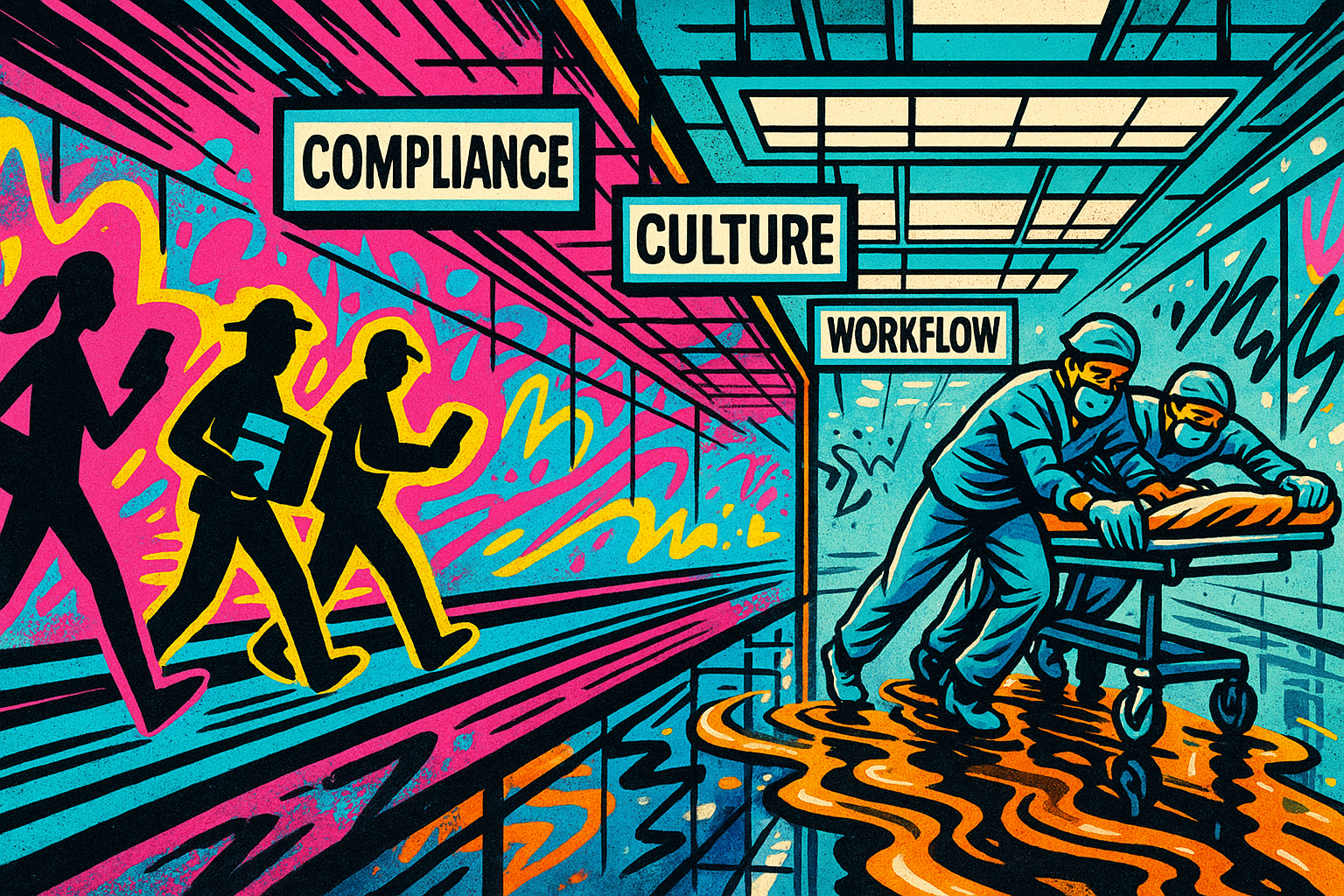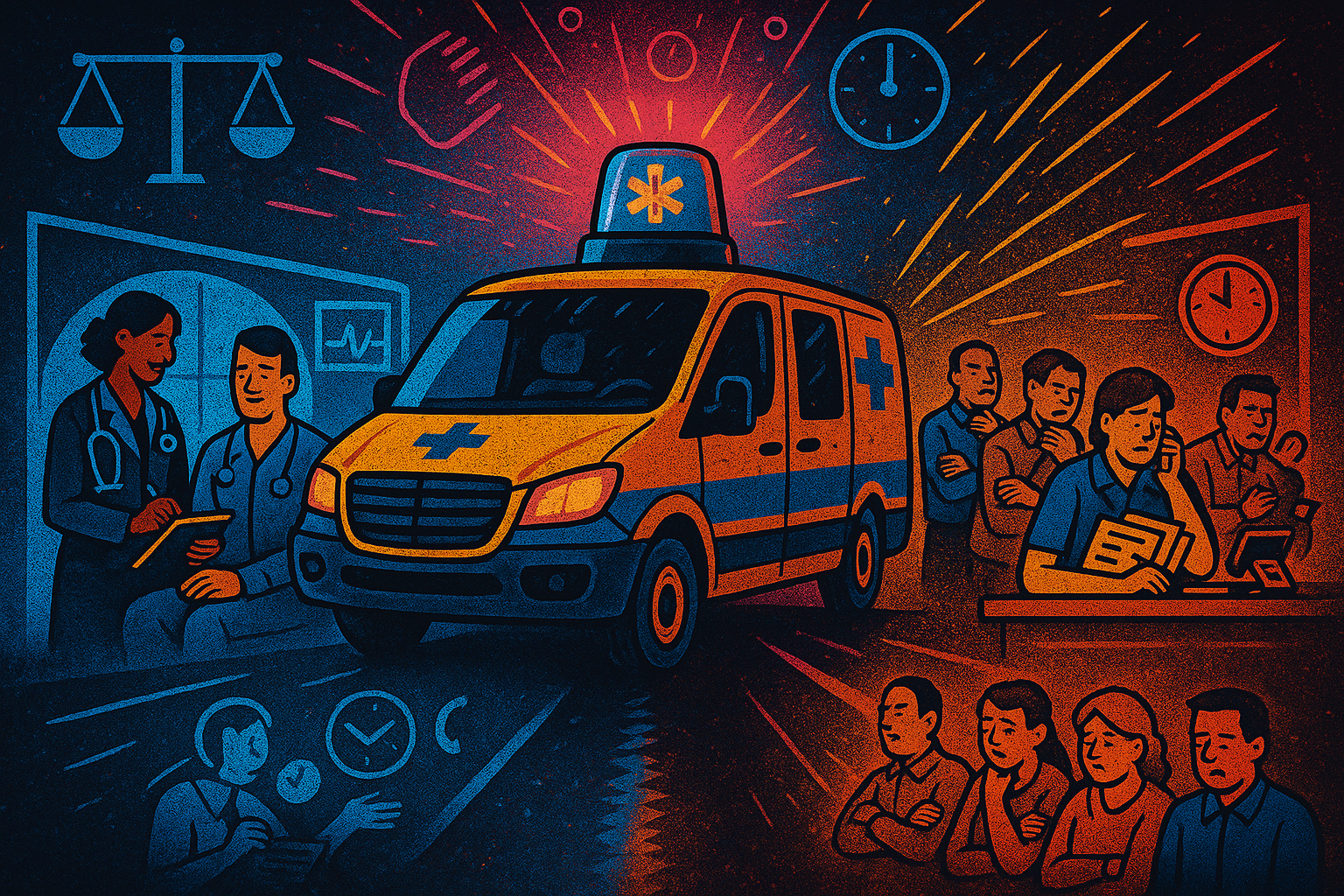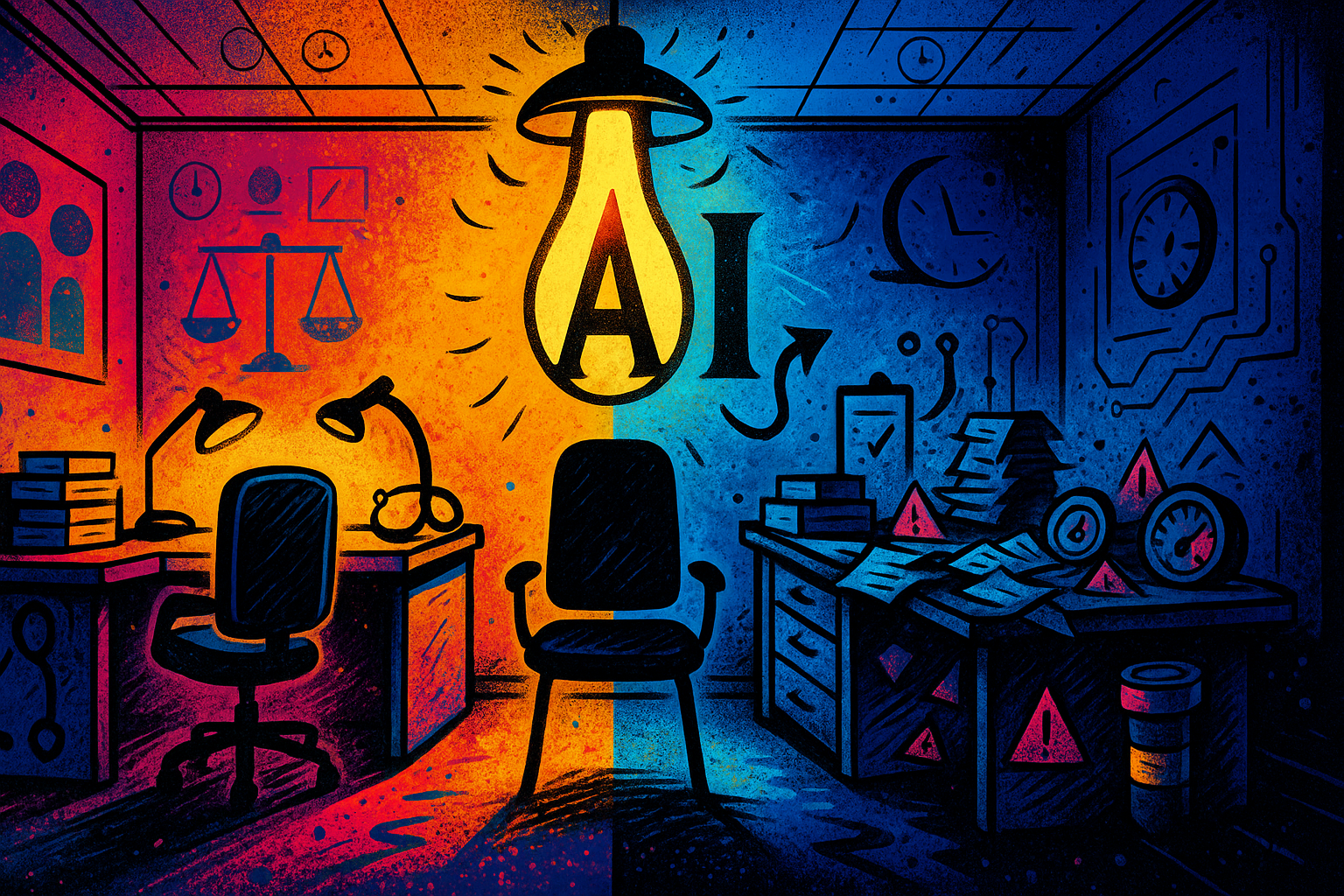The phrase “general purpose technology” is often used in reference to AI, this usually means a technology that can have many applications in many different parts of society. That’s why AI is sometimes compared with electricity. Just like we have electricity in homes, offices, restaurants, and hospitals, there’s an expectation that AI will be embedded in our phones, our traffic lights, supermarkets self-checkout and in our hospitals, GP practices and pharmacists. So, the potential use and benefits of AI is broad and will happen across sectors. In healthcare AI is often portrayed as a technology that can solve the challenges healthcare systems face. Challenges including increasing care needs, increasing complexity of care, more patients with long term conditions, the increasing cost of care and insufficient staff. In short, AI is a means to survival and continuation of healthcare system services.
While AI is considered to be an essential tool to meet the pressures and challenges in healthcare. Healthcare is also a highly regulated sector precisely because if things go wrong the consequences are potentially severe and irreversible. This means that there’s also a strong tendency towards risk aversion. Healthcare is not unique being high regulation and low risk acceptance, aviation is also highly regulated and low risk accepting because of the serious implications when something goes wrong. But where healthcare differs is the public and staff expectations, the culture and the norms. Patients, carers and clinicians all associate care with touch, empathy, and human judgment i.e. presence. The low risk acceptance, regulation requirements and the cultural norms mean that AI in healthcare faces many hurdles and processes which take time, effort and resources to navigate. This makes it more likely that AI implementation in healthcare is likely to be slower than in many other sectors such as retail, logistics and entertainment.

AI benefits and wage increases
So what if AI is quicker to be used in these other sectors? Well, healthcare isn’t an island isolated from what happens in other sectors. If AI use means non-health sectors become more effective and efficient so the same number of people can do more work (or fewer people can do the same work) historically that means the wages of those people in those non-health sectors rise! This is counterintuitive but comes down to the technology supporting staff to do more which increases income. The knock-on implication is that wages in sectors slower to use and benefit from AI must also rise. This is because more people would otherwise choose to work in the better paid sectors. If healthcare is slower to adopt and benefit from AI the rising wages will still be felt in healthcare without the technology benefits simply because AI is being used in other parts of the economy. This means increasing costs for providing healthcare services without the AI benefits.
In essence: if AI makes a factory worker twice as productive, that worker earns more. But a nurse, who must still spend 15 minutes with each patient, doesn’t suddenly become twice as productive just because AI exists elsewhere. Yet the nurse’s pay must still rise in line with general wage, otherwise healthcare loses staff to other, better-paid sectors. This is known as Baumol’s Cost Disease and is an economic theory based on historic technological shifts.
The outcome is that healthcare becomes more expensive to run, not because it’s wasteful, but because it’s one part of a bigger economy being reshaped by AI-driven gains elsewhere.
Of course, this assumes that AI augments workers across sectors not completely replacing them which is a good assumption today when AI remains just software and robotics still has much further to go before widespread real world use.

Beyond faster horses to radical change
So AI will put pressure onto healthcare systems by increasing wages. While simultaneously it has the opportunity to meet the challenges healthcare systems face if it can be used to increase care capacity and speed.
Simply adding AI to the existing approaches of healthcare which largely focus on treating sickness doesn’t delay poor health which means people continue to live with long term health problems. Doing more operations and providing more medications continues to treat sickness and could increase spending and hence healthcare costs. The AI opportunity isn’t solely in doing more but rethinking what healthcare could look like in the future by asking what are the unique AI enabled capabilities and limitations? AI could enable better prevention which is important for reducing demand on health services and improving how long people spend with good health but prevention also has its limits: illness, accidents, and decline will always be part of the human story.
AI may not automatically reduce costs or increase capacity. It is an opportunity to reimagine healthcare from the ground up not based on doing more of what we currently do. But asking: how does AI enable people to live better lives with longer spent in good health?
I hope you enjoyed this post, if so please share with others and subscribe to receive posts directly via email.
Get in touch via Bluesky or LinkedIn.
Transparency on AI use: GenAI tools have been used to help draft and edit this publication and create the images. But all content, including validation, has been by the author.

